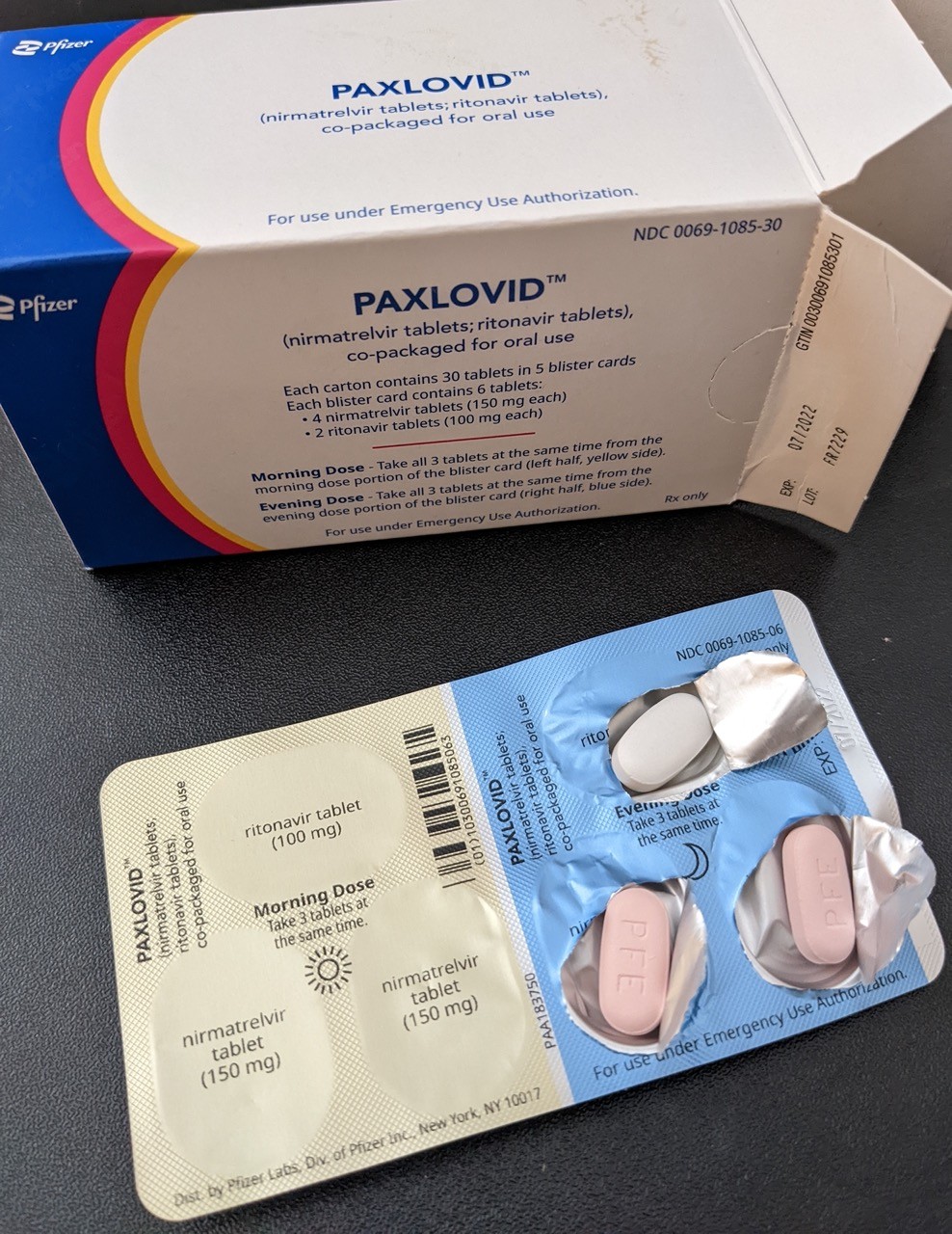Paxlovid, an antiviral medication effective against COVID-19, has a surprisingly high price tag. This article explores the factors contributing to its cost and discusses the implications for patients and the healthcare system.
 Paxlovid pills
Paxlovid pills
While Paxlovid has proven effective in reducing hospitalizations for high-risk individuals, its current price raises concerns about cost-effectiveness. In 2022, the Institute for Clinical and Economic Review (ICER) suggested a price range of $563-$906 for Paxlovid to meet standard cost-effectiveness benchmarks. This aligned with the $530 Pfizer charged the government during the pandemic’s emergency phase. However, with the reduced risk of hospitalization due to factors like vaccination and viral evolution, even this lower price point may be too high.
The Price Hike After FDA Approval
After receiving full FDA approval in mid-2023, Pfizer significantly increased Paxlovid’s list price to $1390 per course, nearly triple the initial cost. The average retail price now hovers around $1450, according to GoodRx, a consumer drug price comparison website. Just a month prior, the average price was even higher, nearing $1600. This substantial increase begs the question: Why Is Paxlovid So Expensive?
The Impact on Insurance and Consumers
Although most insured patients pay little to nothing out-of-pocket for Paxlovid, these high costs are not simply absorbed by insurance companies. They are ultimately passed on to consumers through higher premiums. Publicly funded programs like Medicare and Medicaid, which cover a significant portion of high-risk individuals, bear a substantial financial burden. Furthermore, Paxlovid is not currently included in the list of drugs subject to Medicare’s new price negotiation powers.
Questioning the Cost-Effectiveness
While studies continue to suggest the economic benefits of using Paxlovid, these analyses often rely on outdated, lower pricing data, potentially overestimating its true cost-effectiveness. The current high price necessitates a reevaluation of Paxlovid’s use, potentially targeting its prescription to those most at risk of severe COVID-19 complications. Each insurance plan has the ability to implement such targeted strategies, but lacks significant pressure from consumers to do so.
Alternatives to Paxlovid: Vaccination and Hygiene
The CDC emphasizes that antivirals like Paxlovid should be a last resort in preventing severe COVID-19. Vaccination and basic hygiene practices, such as handwashing, remain highly effective in reducing infection and associated risks. The 2024 COVID-19 boosters, priced at around $90 and covered by most insurance plans, offer approximately 50% protection against infection. These preventative measures provide a more cost-effective approach to managing COVID-19 compared to relying solely on expensive treatments like Paxlovid.
The Broader Issue of High Drug Prices
The high cost of Paxlovid highlights a systemic issue within the American healthcare system: inflated drug prices. While many accept these high prices as inevitable, their impact on personal and public budgets is undeniable. Continuing to accept exorbitant drug costs ultimately threatens the affordability and accessibility of healthcare for all. Addressing the root causes of high drug prices, rather than simply accepting them, is crucial for ensuring a sustainable and equitable healthcare system.
